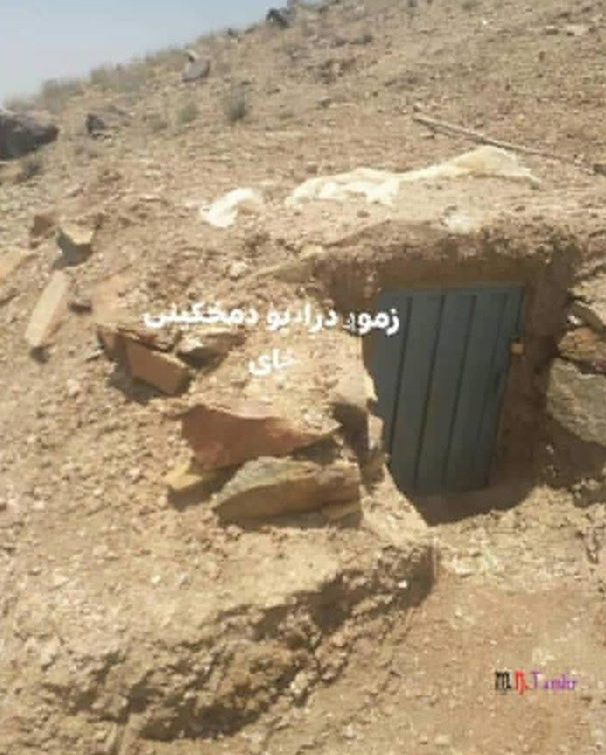About Some Aspects of Taliban Propaganda in the Media
We have noticed an article in Persian by Afghan journalist and blogger Mukhtar Wafayee, titled “Popularizing the Taliban Ideology in 10 Languages,” where he explores the issue of the Taliban promoting their propaganda in the countries of the region. Here is a brief summary of this material.
The Taliban’s media outlets publish content in languages widely used in the region, including Farsi, Pashto, Bengali, Urdu, English, Arabic, Uzbek, Russian, Turkish, and Chinese. The Taliban’s media audience is rapidly expanding, and over the past two years, amidst an increase in content in globally spoken languages, they have also started covering languages of the regional countries.
Before coming to power in 2021, the Taliban primarily released content in Pashto and Farsi, with the group leader’s statements translated into Arabic, Urdu, and English. After two years, local media outlets have become multilingual.
The main Taliban mass media now include “National Television of Afghanistan” and the news agency “Bakhtar,” both having pages in the aforementioned 10 languages. Prior to returning to power on August 15, 2021, the Taliban disseminated their announcements, news, and propaganda content through the “Voice of Jihad” website, “Voice of Sharia” radio station, and the magazine “Haqiqat.”
The radio station “Voice of Sharia” was established during the first Taliban rule in 1996 and broadcasted from undisclosed locations. Later, a photograph of an adobe structure in an unidentified mountainous area was posted on Twitter, claiming it to be the studio of the mentioned radio station.

The Taliban claim that before their return to power, the radio station “Voice of Sharia” broadcasted precisely from this location.
After the recent seizure of power, the Taliban changed the existing name, “National Radio of Afghanistan,” from the Republic to “Voice of Sharia.” Now, the programs of this network are accessible on the internet, social media, and through satellite.
During that period, “National Television of Afghanistan” broadcasted programs in Farsi (Dari), Pashto, and Uzbek languages. Currently, the media transmits shows in 10 languages. For instance, the recently established Bengali section has popular social media pages, especially on Facebook. This section is designed for the audience in Bangladesh and includes videos of Taliban officials’ speeches, religious songs, and promotional content with Bengali subtitles.
Note from “Open World”: According to information from Wikipedia, the number of Bengali language speakers is around 250 million, ranking 6th in the world. The territory includes Bangladesh and the Indian state of West Bengal, with Bengalis predominantly adhering to Sunni Islam.
Videos published on this page featuring speeches by Mullah M. Yaqub (Acting Minister of Defense) and Mullah Neda Mohammad Nadim (Acting Minister of Higher Education) and other Taliban officials with Bengali subtitles and text have garnered around half a million views. Thousands of people have reacted to these videos by commenting and reposting.
Out of the 165 million inhabitants of Bangladesh, approximately 90% are Muslims, with the majority being Sunni. Religious extremism is a widespread phenomenon among local Muslims, and some citizens of this country participate in the activities of various terrorist groups in the Middle East and Asia.
Citizens of the People’s Republic of Bangladesh are also present among the ranks of the Taliban. It appears that the Taliban, utilizing Bangladeshi citizens who previously fought with this group, are now propagating their ideas among the citizens of this country.
Despite Meta’s ban in July 2022 on content related to the Taliban, some pages of Taliban media are still active on Facebook and Instagram.
The news agency “Bakhtar” operates under the control of the Ministry of Information and Culture and has become one of the main news outlets.
In recent months, this agency has started producing video reports and publishing content in various languages. The majority of Afghan media, forced to operate outside the country, receive news about the Taliban primarily from this source.
Over the past two years, the Taliban has launched several English-language media outlets. Kabul Times, available online and in print, reports on the group’s activities and propagates its ideology. Under Taliban control, newspapers such as Arman, Khivad, Anis, and Arg are printed and published in Kabul, along with a number of weekly magazines.
In addition to major controlled media outlets, some Taliban structures have initiated their own online and print publications. The website “Al-Mursad,” an online media outlet of the Intelligence Directorate of the Islamic Emirate of Afghanistan (IEA), predominantly promotes religious ideas and features programs critical of non-Hanafi schools of Islamic thought.
Taliban media are expanding in terms of content production and the number of languages used, but they suffer from a lack of audience within Afghanistan. During the Republic, Afghan television channels, news agencies, and radio had a larger audience due to the quantity and diversity of programs. For example, “National Television of Afghanistan” had a dedicated studio for producing musical, cultural, artistic, entertainment, and sports programs. Private media outlets such as Tolo, Ariana, Yak, Shamshad, and others featured musical and artistic programs, but Taliban restrictions led to the removal of such content.
The Taliban compelled all media outlets to broadcast Islamic and socially acceptable content, avoiding criticism of the Islamic Emirate. Notably, no women are employed in the media industry. Private television and radio are prohibited from airing music, and many media channels have also discontinued the broadcast of entertainment and comedic programs. These restrictions have compelled people inside Afghanistan to rely on media outlets based outside the country.





